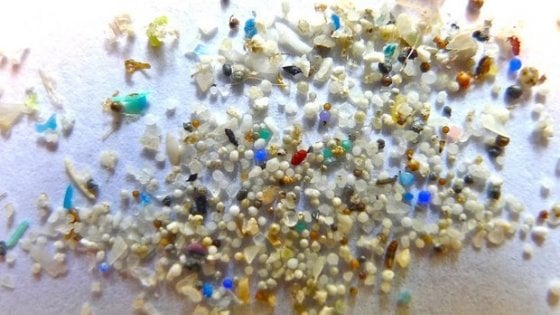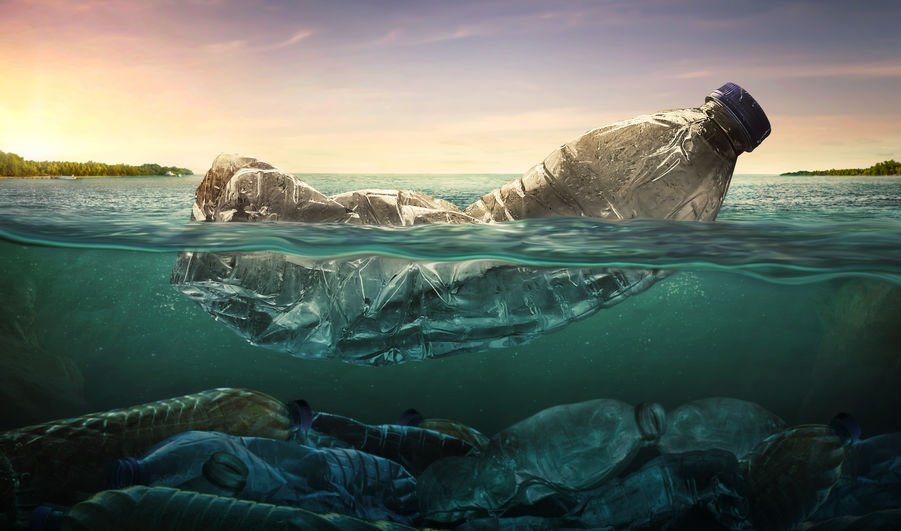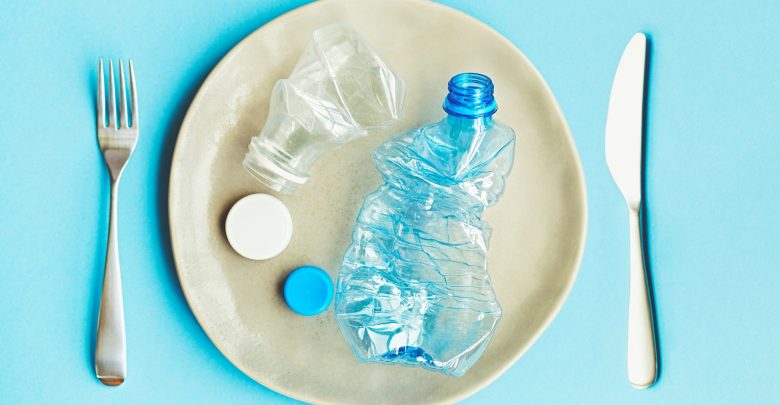© 2000-2023 - Enkey Magazine - All rights reserved
ENKEY SNC - VAT ID IT03202450924 / REA Code CA253701 - Phone. 078162719
All of us are breathless looking the world burning, the glaciers melting, the species go extinct. Huge fires as big as a country are visible from the space. There is who celebrates the funeral of a glacier and who is running away from his own home, but the apocalypse that is surrounding the world is even sneaky. It extends its arms in the underground, through an invisible world, by attacking us from the inside without even be visible and there isn’t any place in the world where to escape. There isn’t any place on this planet that we can still consider untouched. The microplastics are invading the world, by arriving to contaminate the deepest ocean beds and the most remote glaciers of the Artic, by arriving, even, on our own tables.
What are the microplastics?
The microplastics are really small particles of plastic which pollute the water of the whole world and from there they are spreading in every corner of the planet, by becoming, inevitably, a ring of the food chain.

They are really small pieces of plastic, of many kinds, which go from the 330 micrometers to the 5 millimeters. The highest concentration of microplastic is in the water. Here the plastic melts, during hundreds of years, but meanwhile it becomes something almost invisible and unstoppable.
The microplastics come from the prime plastics, from which they break away and divide themselves, until to reach really small sizes. But the microplastics aren’t the smallest ones, under them there are even the nanoplastics, but the sizes of them are such infinitesimal to result really hard classify them.
It is hard to say how long is gonna take the plastic abandoned in the sea to become microplastic. To this process contribute many elements: from the chemical additives used in the production processes to the uva rays, from the wind to the microbes.
The microplastics’ invasion
All over the world they made researches and samplings, to understand how much they are spreaded and the results are really scary.
In the United Kingdom 10 rivers have been sampled and in all of them there were microplastics. One of the most polluted place in the world is right between them: it’s the river Tame, near Manchester, where every liter of water contains about 1000 microplastics.

While in the most remote places of Scotland there are anyway about 2 or 3 pieces for liter.
“The microplastic has been found inside our rivers, on our higher mountains and in our deepest oceans”.
There are about 15 particles per liter in the groundwater examinated, like the ones of the Illinois, which gives about a quarter of the global potable water.
If this doesn’t surprise you we must think that the plastic has been found even on the bottom of the Mariana Trench, the remote point of the world, and in the poles’ glaciers.
But the microplastics are not only in the water, many studies demonstrated their presence even in the air. With the help of the wind the particles of plastic are blown away up to 100 km.
The wildlife in the plastic age
Without any doubt the historian of the future will remember those years like the plastic age, but which are the effects on the global wildlife? The plastic already entered in the food chain of many species, included the human.
The Krill, a small crustacean which abounds in our seas, for example, is already able to digest the microplastics, by breaking down them in ever smaller particles. But the krill is not alone. As well as it many micro organisms that compose the plankton eat the microplastics, by entering so in the food chain of the biggest marine mammals.
But if these really small living beings are able to digest the microplastics many others aren’t able to do it, but they end up to eat it anyway.
The plastic on our tables
So all the fishes that arrive on our table contain microplastics, but not only. It’s been made some tests, for example, about the soft drinks, like, for example, the orange soda. On 18 examinated drinks there is not even one of them without microplastics.

Not even the simple water is pure, the plastic comes out from the taps of our houses and there is plastics in the bottled water. There is microplastic in the sugar, in the salt and even in the air that we breath.
By drinking only bottled water, without considering nothing else, we eat something like 90.000 particles of plastic per year.
The most warning datas come from the last studies which confirme us that every human being eats about 5 grams of microplastic per week, which is the equivalent of a credit card!
This post is also available in:
![]() Italiano
Italiano
